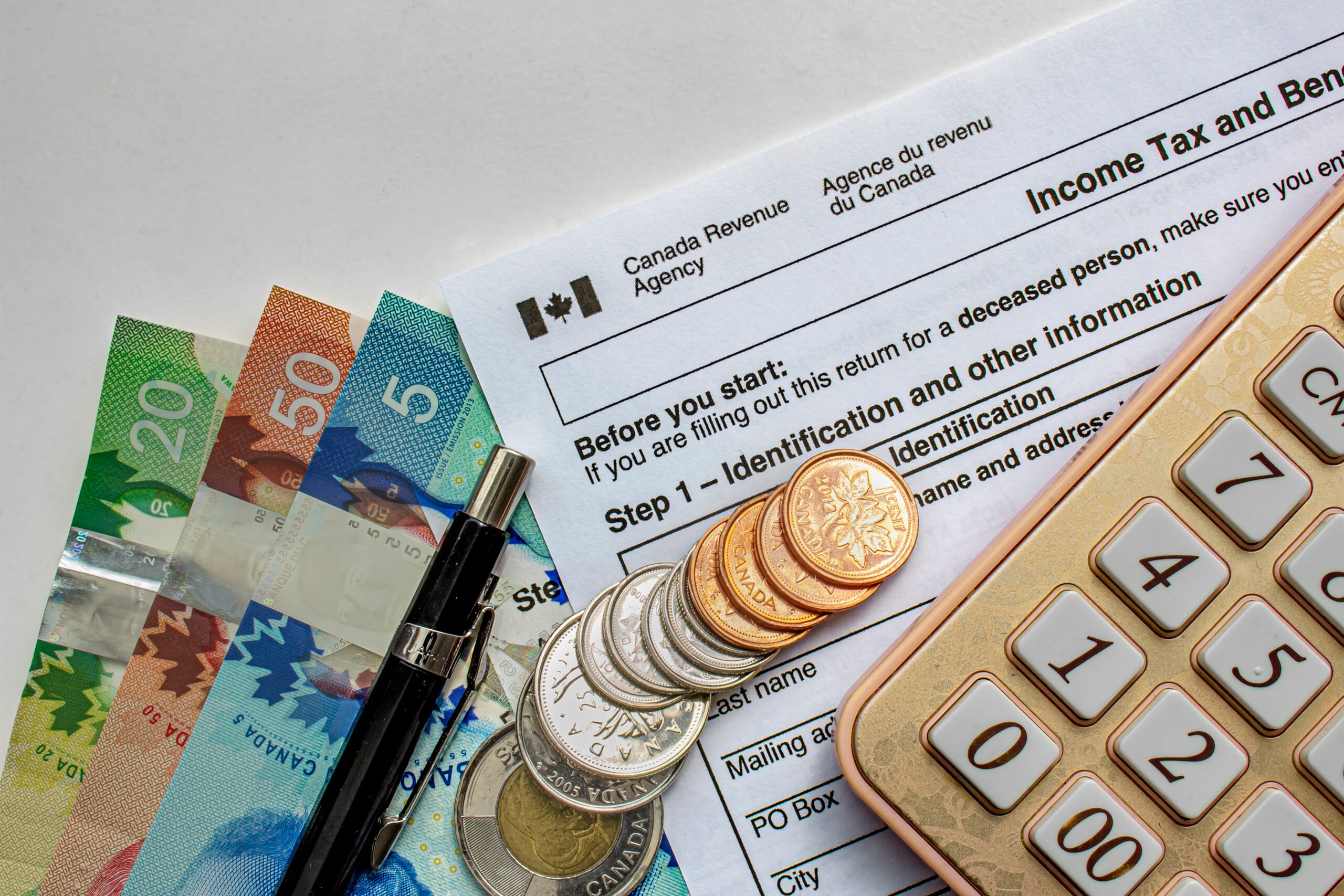Summary: Registered Disability Savings Plans
A Registered Disability Savings Plan (RDSP) is a type of savings plan that is focused on helping persons with disabilities attain long-term financial security. In order to qualify for an RDSP, the individual must be eligible for the Disability Tax Credit (DTC).
What Eligibility Requirements are Needed for an RDSP and DTC?
The beneficiary of the RDSP must be under 60 years of age, be a Canadian resident, have a SIN, and be eligible for the DTC.
As noted, to qualify for an RDSP, an individual must be eligible for the DTC. To be eligible for the DTC, an individual must meet at least one of the supporting criteria:
- Be blind;
- Be distinctly restricted in at least one of the basic activities of daily living;
- Be significantly restricted in two or more of the basic activities of daily living; or
- In need of life-sustaining therapy.
In addition to the criteria above, the person’s impairment must meet all of the following criteria:
- The impairment must be prolonged (meaning it has or is expected to last for a continuous period of at least 12 months); and
- The disablement must be present all or substantially all of the time (90%).
The Canada Disability Savings Grant
Utilizing the potential of the Canada Disability Savings Grant (CDSG) is a strategy that can help propel individuals with disabilities into long-term financial security. The Government will pay into an RDSP through the CDSG and will match up to 300% depending on the Beneficiary’s family income and contribution. The maximum Grant amount is $3,500 per year, with a limit of $70,000 over an individual’s lifetime.
This means that, for example, an individual will receive an annual Grant of $3,500 if they contribute $1,500 into their RDSP each year for 20 years. These Grants are paid into the RDSP on contributions that are made up to and including December 31st of the year that the individual turn 49 years of age.
The Canada Disability Savings Bond
The Government of Canada contributes a $1,000 Bond into the RDSPs of Canadians with low to modest incomes. The Bond is based off of the income of the Beneficiary and is not dependent on personal contributions. This means that the Beneficiary must have filed their personal income tax returns for the past two years to determine the amount of the Bond that will be received.
For ease of reference:
- The full $1,000 Bond will be contributed to Beneficiaries whose income is less than or equal to $30,000. If the individual is under 18, the Beneficiary’s family income will be considered; or
- A portion of the $1,000 Bond will be contributed to Beneficiary’s whose family income is between $30,000 and $45,916.
The more the income increases, the Bond amount contributed by the Government into the RDSP decreases. If the individual or family income is in excess of $45,916, no Bond will be paid.
How do Withdrawals and Taxes Work with an Registered Disability Savings Plan?
Money can be withdrawn at any time, but withdrawals must begin before December 31st of the year the beneficiary turns 60.
Be careful withdrawing money as Government Grants or Bonds deposited within 10 years of withdrawal may need to be repaid. To guarantee that all of the Government Grant and Bond money is kept, an individual must delay withdrawals from the RDSP for at least 10 years after the Grant and Bond contributions were made. These withdrawals can be made from an RDSP in the form of Lifetime Disability Assistance Payments (LDAP) or Disability Assistance Payments (DAP).
The Government considers every dollar withdrawn from an RDSP to be split into three sections: (i) personal contributions; (ii) Government contributions; and (iii) income/growth.
When a withdrawal is made from an RDSP, personal contributions are not subject to tax, whereas the Government contributions and income/growth are count as income and are taxed accordingly.
Click here for a link to the Canada Revenue Agency’s (CRA) page on RDSP’s.
For more articles related to maximizing your finances, click here.

